Global markets are caught between tariff shocks, economic uncertainty, and a tech sector ready to rebound—or rupture. Kevin Davitt of Nasdaq joins to break down the volatility, the signals, and what might trigger the next big move.
Summary – IBKR Podcasts Ep. 260
The following is a summary of a live audio recording and may contain errors in spelling or grammar. Although IBKR has edited for clarity no material changes have been made.
Andrew Wilkinson
Welcome to this midweek look at markets. I’m pleased to hop back on this segment. Kevin Davitt, Head of Index Options at the Nasdaq. Welcome, Kevin.
Kevin Davitt
Thank you very much for having me back, Andrew. Good to see you.
Andrew Wilkinson
Likewise. And looks like you are in the Chicago offices today at the Nasdaq. Is that right?
Kevin Davitt
I am in the Chicago offices today.
Andrew Wilkinson
Very good. Okay, for the sake of timing for the audience, we’re recording Wednesday, May the 21st, 2025. In terms of background, the Walmart CEO has warned about passing some tariffs onto customers in the shape of higher prices, while Moody’s has stripped the U.S. of its last AAA rating status. Let’s dive straight in.
Kevin, are we stalling or are we staging for takeoff? The Qs fell by 27%—I think February the 18th all-time high to April the seventh low. The rally through mid-May leaves the market within, I think, 4% of its peak. Is that a fait accompli? What are investors waiting for now?
Kevin Davitt
Ooh, fait accompli. What a great term. The swings that you highlighted have certainly been wild. I think there’s been a lot of coverage around, or data showing, how individual investors were actively buying the dip—to use the term—in April. Now, according to much of what I’ve seen, individuals were buying, while systematic and institutional investors were largely reducing their equity exposure.
You mentioned at the outset Monday’s activity following news over the weekend of Moody’s downgrade of U.S. credit and their outlook. I think that example is arguably case in point. So what I mean there is, according to data from JPMorgan, there was something like $4 billion in retail buying Monday morning, which apparently broke some old record.
Andrew Wilkinson
Oh wow.
Kevin Davitt
As far as what investors are waiting for—to answer the question—I don’t have a great answer. I think if you asked a broad swath, you’d get a lot of really interesting but disparate feedback. I think it’s also easy to kind of…
Andrew Wilkinson
…for—
Kevin Davitt
…Monday-morning quarterback a situation like this.
Based on the stuff that I look at, the retail buying was largely concentrated in mega-cap tech. You referenced the move in the Qs. A lot of those names had lagged year to date, which is interesting. And in general, those buys have been rewarded—in some cases, really significantly.
The thing that I find interesting—maybe bigger picture and hints at your question as far as what people might be waiting for—has to do with expectations around employment and sentiment data. Generally, there is a gigantic disconnect between what we typically term “hard data”—the quantifiable stuff like retail sales or CPI—and “soft data,” which is sentiment-driven and more kind of vibey.
The recent data out of the University of Michigan shows really bad consumer confidence and some of the highest concern over future employment since 2009—higher than 2020. So to the question, I think that some investors are waiting to see if they still have a job, which makes putting discretionary capital to work a more fraught sort of consideration.
So long-term, if we don’t see a meaningful pickup in layoffs, I think the hard data remains decent to good, and Americans are really fabulous at finding ways to spend money.
Andrew Wilkinson
Kevin, we’re hearing from Walmart, as I mentioned, and other retailers about the impact of tariffs on prices, and—as you mentioned—consumer sentiment and how it’s likely to impact the corporate response. What are you hearing on, or what are you listening for, from tech executives on the technology side?
Kevin Davitt
Okay, so we have heard from Walmart and we’ll be hearing a lot this week from retailers, given that they’re typically reporting earnings at the end of the season, so to speak. Generally speaking, they import much of what ends up on their shelves, and tariffs make those goods more expensive. Your audience knows that probably full well.
Then the question becomes whether they end up eating some or all of those costs—and it erodes margins—or whether, historically what’s been the case, is that they typically pass those higher costs on to consumers. That’s been well covered.
Now, you’re asking about the tech side of the ledger, in part probably because I care about the Nasdaq-100, and the index has historically been viewed as a tech benchmark. Now, to be perfectly fair, the exposure to tech is significant—and it’s larger than that of the S&P 500—but not by some order of magnitude.
I’ll turn that around just a little bit. A company like Costco is a top 10 constituent in the Nasdaq-100. Amazon is top five. Pepsi is top 20. You hopefully get my point here—that it is a broader index than just tech.
Okay, you asked what I’m listening for from tech executives—and just to be abundantly clear, this is a Kevin response, not from Nasdaq—but I found it interesting that last week, Tim Cook—who your audience probably knows runs Apple—said that tariffs could cost them something in the neighborhood of $900 million this quarter. He has also made overtures about how they’re shifting some production from China to India.
Nvidia is another example, and in my opinion, probably a decent representation of what I expect to see from big tech firms. They have significant influence in Washington, D.C. and elsewhere, and there have been a bunch of carve-outs for things like GPUs and other critically important technologies.
In short, what I expect to hear is that tariffs are a tax. But what I expect to see behind the scenes are efforts to lobby and changes to allow them to continue operating at scale. And that again is just my take based on what I follow.
Andrew Wilkinson
Tariffs, on the one hand, may have brought down the pace of economic growth at the margin because they’ve been very disruptive. But on the technology side, what do you think is going to cause the next wave of a market rally? What do we have to wait for?
Kevin Davitt
So, a question like that—I’m of two minds. Again, just my opinion. Big picture—really big, broad picture—I think that technology will continue to lead markets both higher and lower. I think it’s arguably the story of this century. And I think, if you remember some historical webinars we’ve done, I do think through the lens of broader history and think about the Agricultural Revolution, Industrial Revolution—and we’re arguably in potentially the early stages of an Information Revolution.
Tech has been leading—and in some cases lagging—for two decades, and I don’t think that’s likely to be interrupted soon. It pushes productivity, it increases margins. It’s worked. But there are cycles.
In the near term, what I think could catalyze another leg of a rally is systematic flows and institutions piling back in or chasing. So in your first question, we talked about how retail had been actively buying. When I talk about systematic, I’m thinking about things like vol-control funds.
Andrew Wilkinson
Yeah.
Kevin Davitt
Generally speaking, they scale up equity exposure when volatility comes in—and vice versa. So they were scaling down into that big swell of volatility.
Now, if you have a one-month lookback on vol, that should continue to fall, whether you’re looking at the S&Ps or the Nasdaq-100, given the period with the most significant daily moves was right around 30 days ago. So those will fall out of the calculation, and we would expect realized vol measures to decline—and that generally pushes equity allocations higher.
To date, NDX one-month vol has fallen from about 50 to 40, and absent some real big swings, I would expect it to continue to fall. The other potential catalyst is the fact that, as I mentioned, individuals were buying, institutions were not—and if they feel compelled to get in, that they could be missing that next leg. Those sorts of big-dollar allocations can matter.
When I think about my personal account and the trading that I do, I am more active in there, not thinking quite as big picture. And I would happen to be skewed a bit more for downside at the moment. But that’s a different look—tactical as opposed to strategic.
And that, again, is just my opinion. But that’s the thing that makes markets wonderful.
Andrew Wilkinson
Kevin, we’ll let you get back to it. Thank you so much for joining me today.
Kevin Davitt
Thanks for having me, Andrew.
Andrew Wilkinson
All right, and to the audience, thanks for listening—and remember, subscribe wherever you get your podcast from.
Disclosure: Interactive Brokers
The analysis in this material is provided for information only and is not and should not be construed as an offer to sell or the solicitation of an offer to buy any security. To the extent that this material discusses general market activity, industry or sector trends or other broad-based economic or political conditions, it should not be construed as research or investment advice. To the extent that it includes references to specific securities, commodities, currencies, or other instruments, those references do not constitute a recommendation by IBKR to buy, sell or hold such investments. This material does not and is not intended to take into account the particular financial conditions, investment objectives or requirements of individual customers. Before acting on this material, you should consider whether it is suitable for your particular circumstances and, as necessary, seek professional advice.
The views and opinions expressed herein are those of the author and do not necessarily reflect the views of Interactive Brokers, its affiliates, or its employees.
Disclosure: Nasdaq
Index
Nasdaq® is a registered trademark of Nasdaq, Inc. The information contained above is provided for informational and educational purposes only, and nothing contained herein should be construed as investment advice, either on behalf of a particular security or an overall investment strategy. Neither Nasdaq, Inc. nor any of its affiliates makes any recommendation to buy or sell any security or any representation about the financial condition of any company. Statements regarding Nasdaq-listed companies or Nasdaq proprietary indexes are not guarantees of future performance. Actual results may differ materially from those expressed or implied. Past performance is not indicative of future results. Investors should undertake their own due diligence and carefully evaluate companies before investing. ADVICE FROM A SECURITIES PROFESSIONAL IS STRONGLY ADVISED.
© 2023. Nasdaq, Inc. All Rights Reserved.
Options
For the sake of simplicity, the examples included do not take into consideration commissions and other transaction fees, tax considerations, or margin requirements, which are factors that may significantly affect the economic consequences of a given strategy. An investor should review transaction costs, margin requirements and tax considerations with a broker and tax advisor before entering into any options strategy.
Options involve risk and are not suitable for everyone. Prior to buying or selling an option, a person must receive a copy of Characteristics and Risks of Standardized Options. Copies may be obtained from your broker, one of the exchanges or The Options Clearing Corporation, One North Wacker Drive, Suite 500, Chicago, IL 60606 or call 1-888-OPTIONS or visit www.888options.com.
Any strategies discussed, including examples using actual securities and price data, are strictly for illustrative and education purposes and are not to be construed as an endorsement, recommendation or solicitation to buy or sell securities.
© 2023. Nasdaq, Inc. All Rights Reserved.
Disclosure: ETFs
Any discussion or mention of an ETF is not to be construed as recommendation, promotion or solicitation. All investors should review and consider associated investment risks, charges and expenses of the investment company or fund prior to investing. Before acting on this material, you should consider whether it is suitable for your particular circumstances and, as necessary, seek professional advice.
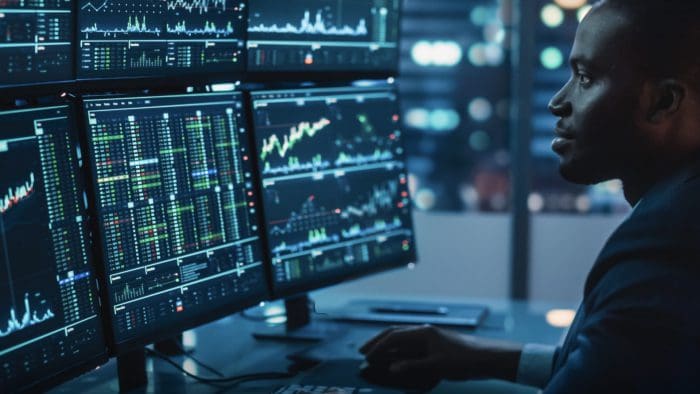
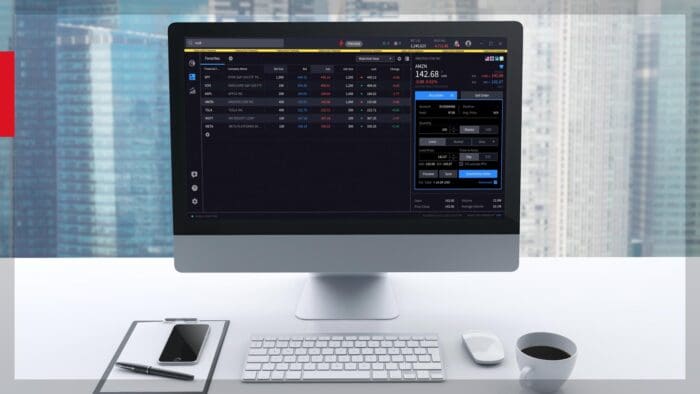


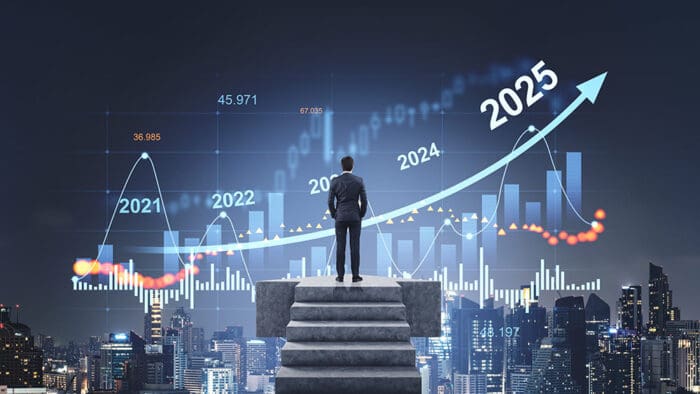

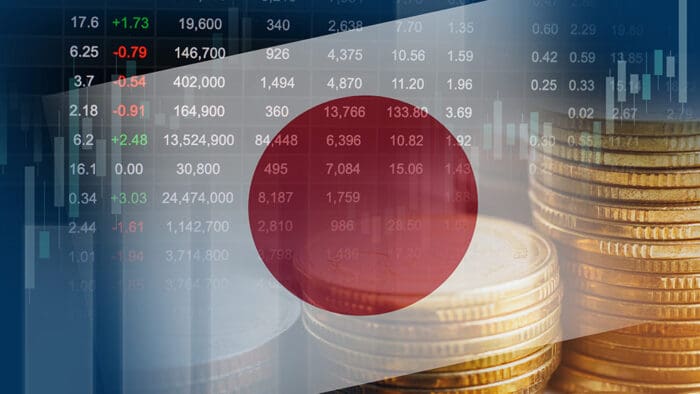
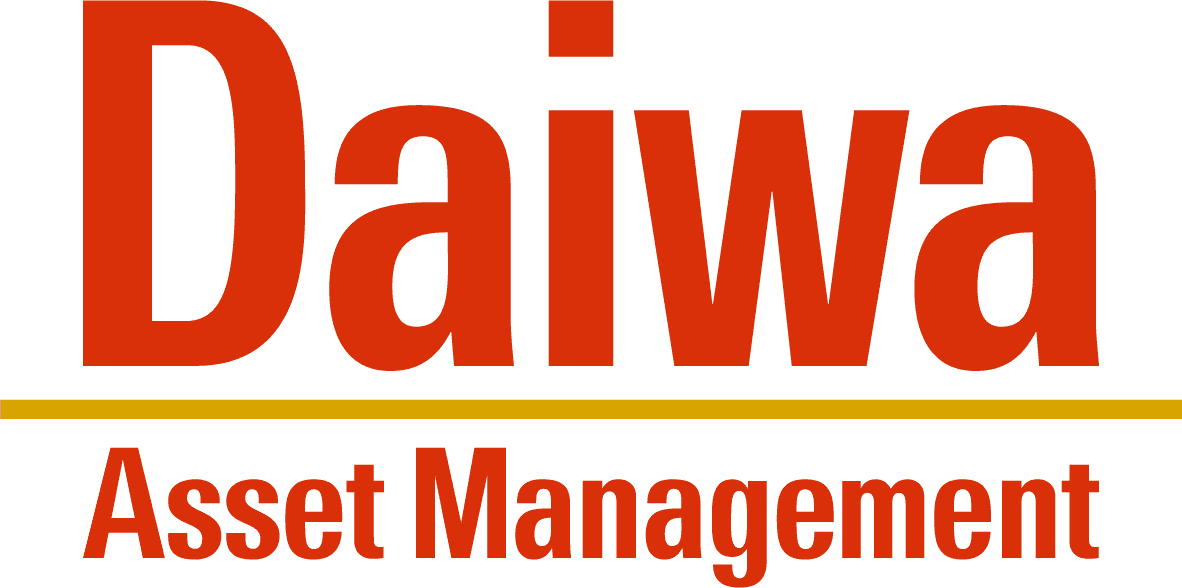
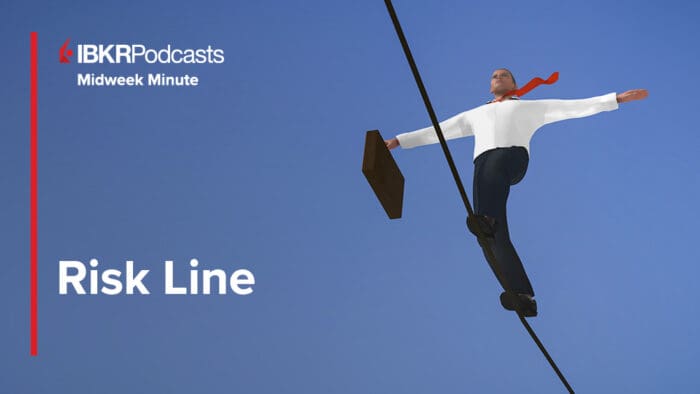
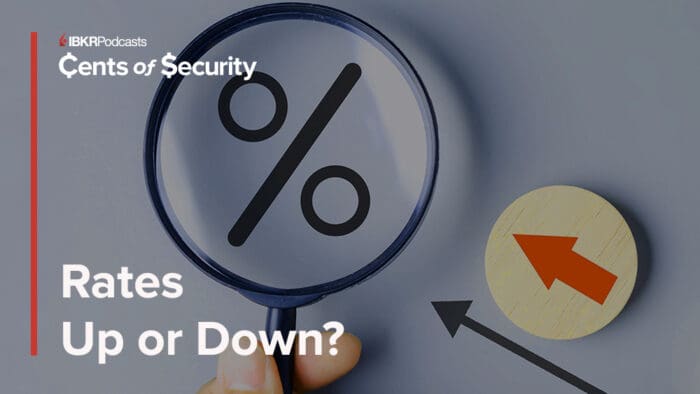



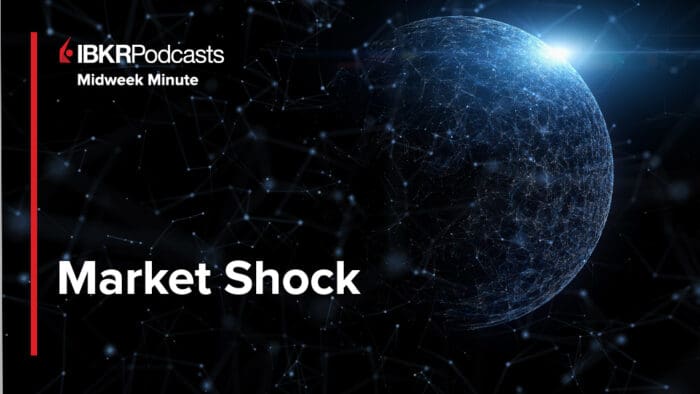



Join The Conversation
For specific platform feedback and suggestions, please submit it directly to our team using these instructions.
If you have an account-specific question or concern, please reach out to Client Services.
We encourage you to look through our FAQs before posting. Your question may already be covered!